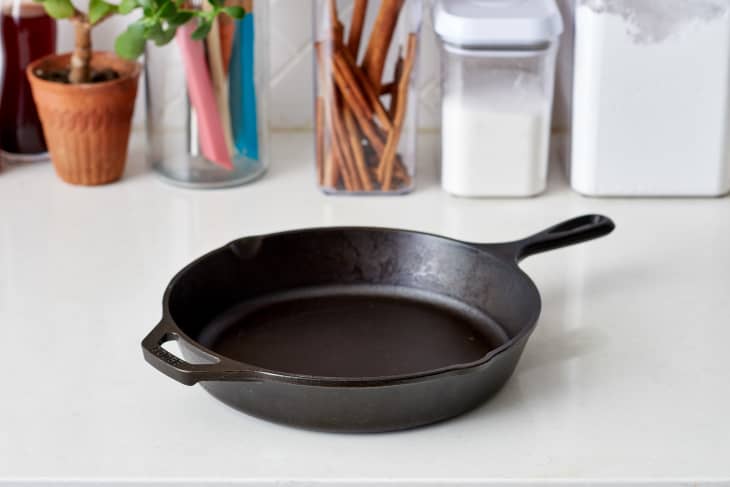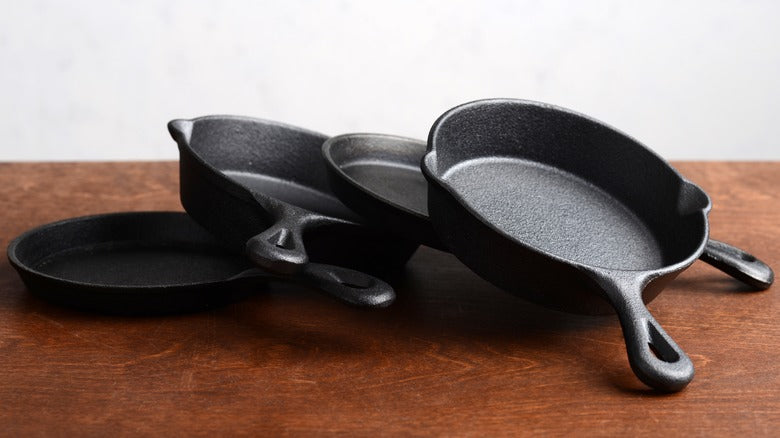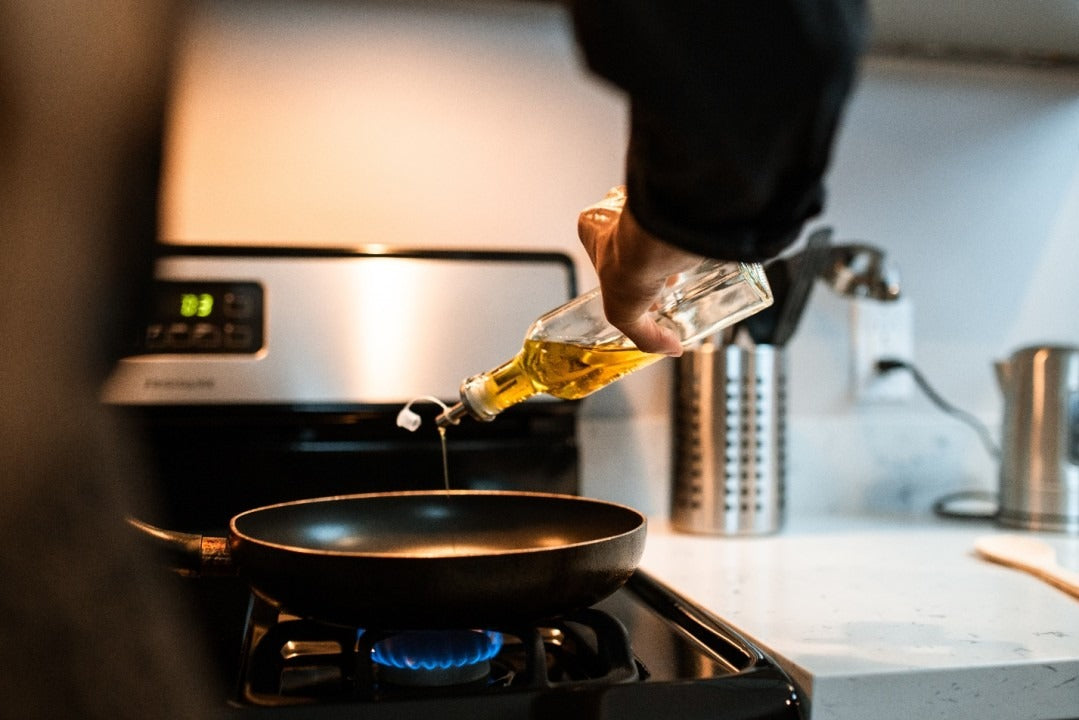Baking sourdough in a cast iron skillet is a technique that not only enhances the flavor of the bread but also ensures perfect crust formation. As kitchen professionals, you understand that the right tools can elevate a recipe from good to exceptional. This guide will walk you through how to bake sourdough in cast iron skilletemphasizing techniques, tips, and tricks to perfect your craft.
One of the greatest merits of using cast iron for sourdough is its heat retention and distribution. This means that you can achieve a beautifully browned crust and maintain the moisture needed for the sourdough to rise properly. Lets dive into the process and address some essential steps to get you started!

Understanding Sourdough: The Basics
Sourdough is unlike any other bread; it relies on wild yeast and lactic acid bacteria for fermentation, giving it a unique flavor and texture. It requires patience and skill, making it appealing to culinary professionals looking for a challenge.
Preparing Your Ingredients
Before delving into how to bake sourdough in cast iron skillet, ensure you have the following ingredients ready:
- 500g bread flour
- 350ml water
- 100g active sourdough starter
- 10g salt
These simple ingredients work together to deliver a masterpiece that will impress your customers and guests alike.
Essential Equipment
Aside from the cast iron skillet, here are other essential tools:
- Digital kitchen scale
- Mixing bowl
- Bench scraper
- Kitchen towel or plastic wrap
These tools will streamline your process and set you up for success!
The Techniques of Baking Sourdough in Cast Iron

Step 1: Autolyse
Begin by mixing the flour and water in a bowl. This step, known as autolyse, allows the flour to hydrate effectively, leading to optimal gluten formation. Let it rest for about 30 minutes.
Step 2: Mixing in the Starter and Salt
After the autolyse, add the active sourdough starter and salt to your flour-water mixture. Mix until fully incorporated. This might require a thorough hand-kneading process.
Step 3: Bulk Fermentation
Now comes the critical step of bulk fermentation. Cover the bowl with a kitchen towel and allow it to rest at room temperature for around 4-6 hours. During this time, do a series of stretch and folds every 30 minutes for the first 2 hours to enhance the gluten development.
Step 4: Shaping the Dough
After the bulk fermentation, gently transfer the dough to a floured surface for shaping. Use your bench scraper to create a round boule or a loaf shape of your choice.
Step 5: Preheating the Cast Iron Skillet
Preheat your cast iron skillet in the oven at 450F (232C). This ensures that your dough will have immediate contact with a hot surface, promoting a great oven spring.
Step 6: Scoring the Bread
Once the skillet is preheated, carefully place your shaped dough into the skillet. Use a sharp knife or a lame to score the top of the dough; this allows for controlled expansion during baking.
Step 7: Baking
Bake the bread, covered, for the first 20 minutes to trap steam. After that, remove the cover and bake for additional 20-30 minutes until the crust is golden brown.
Post-Baking Care
Once out of the oven, let your freshly baked sourdough cool on a wire rack for at least an hour before slicing. This setting period is crucial as it helps improve the texture and make slicing easier.
Maintaining Your Cast Iron Skillet
Proper maintenance of your cast iron skillet will enhance its longevity and performance. For a detailed guide on how to maintain your skillet, refer to this resource. Regular seasoning and careful cleaning will ensure that your cast iron skillet remains non-stick and ready for every bread-making adventure.
Frequently Asked Questions
1. Can I use a different pan instead of cast iron?
While you can use other pans, the properties of cast iron make it ideal for sourdough due to its heat retention and distribution.
2. How do I know when the bread is done?
The loaf should be golden brown on top and sound hollow when tapped on the bottom. Always rely on visual cues and internal temperature for best results.
3. What should I do if my bread doesn't rise?
Check the activity level of your sourdough starter; if its not bubbling and rising in its jar, it may need more time or a feeding.
:max_bytes(150000):strip_icc()/ses-product-group-shot-rkilgore-87f90f93b4b34ec5afb38d5d75c6094b.jpeg)
Conclusion
By mastering how to bake sourdough in cast iron skillet, youre not just creating bread; you are crafting an experience. The attention to detail, the patience required, and the joy of sharing your results with others make the endeavor rewarding. Your journey into sourdough baking can lead to innovative creations and improve your kitchen skills. Happy baking!
As an Amazon Associate, I earn from qualifying purchases.






Leave a comment
This site is protected by hCaptcha and the hCaptcha Privacy Policy and Terms of Service apply.